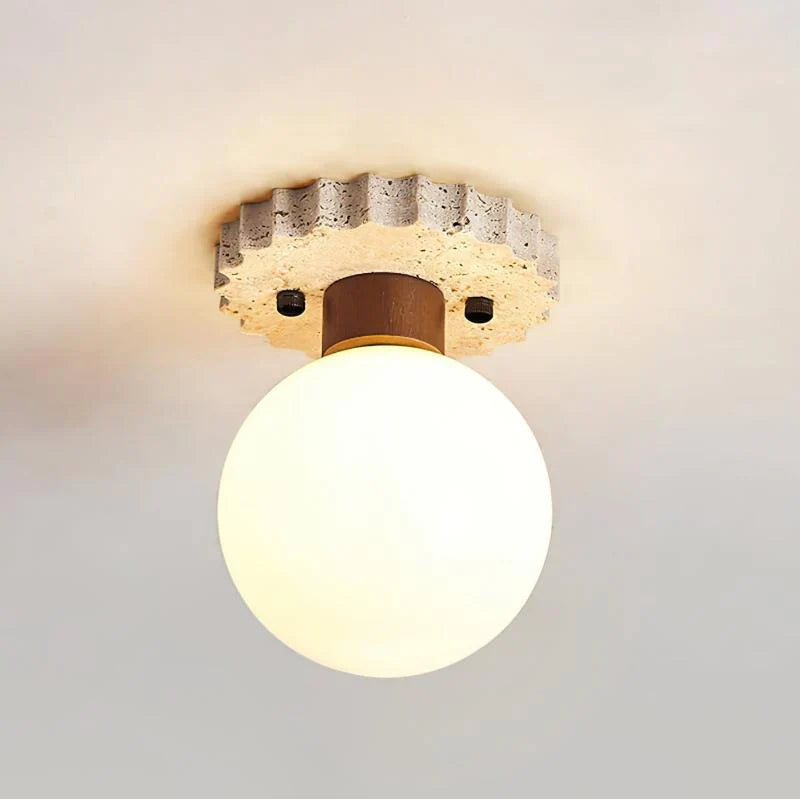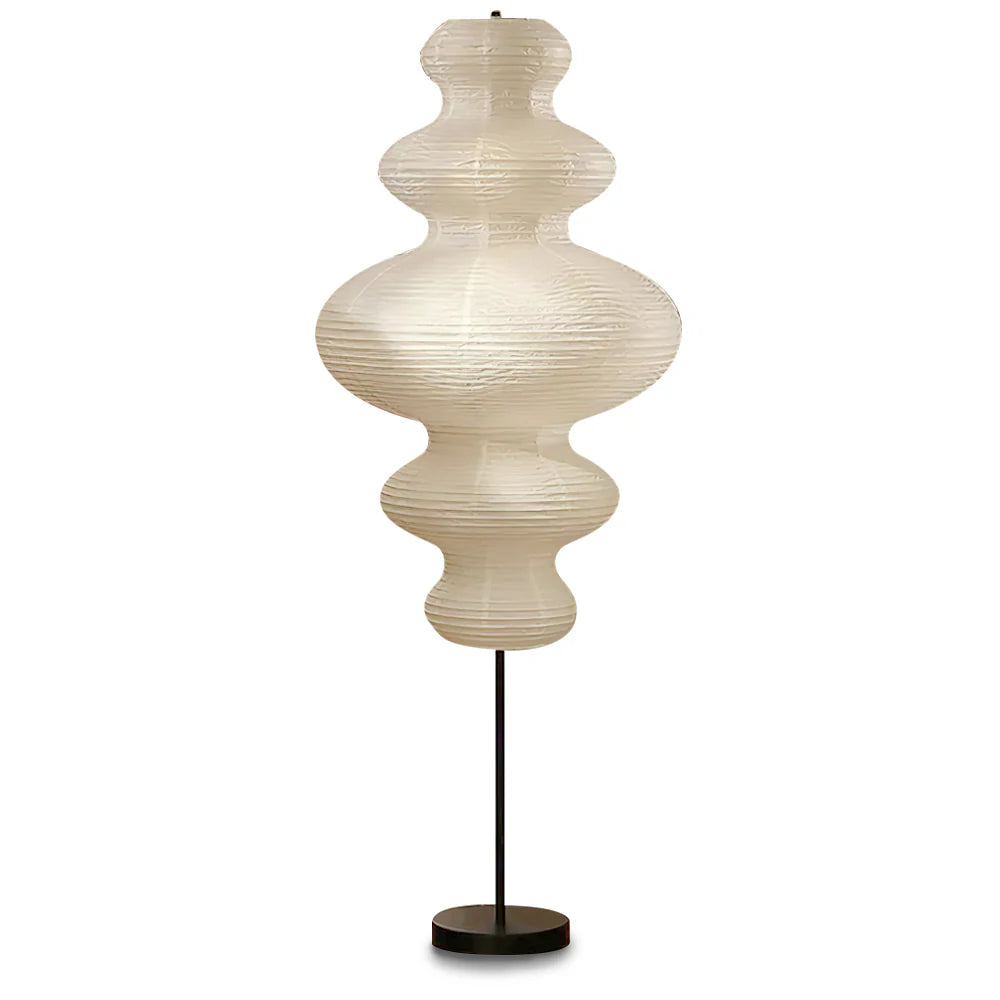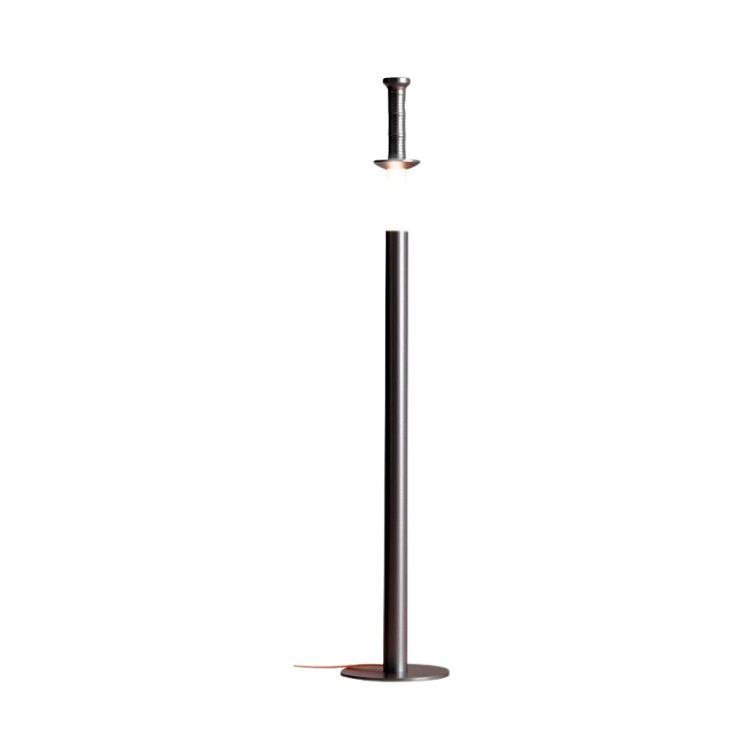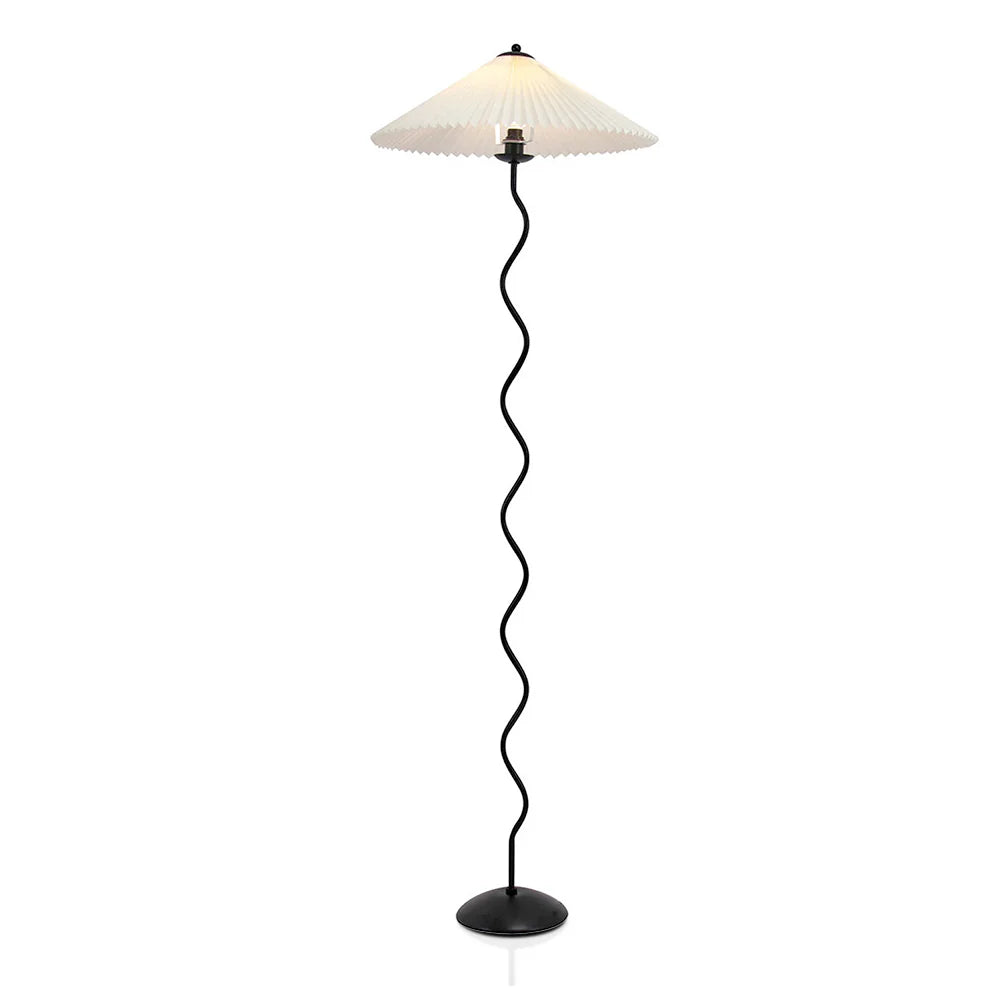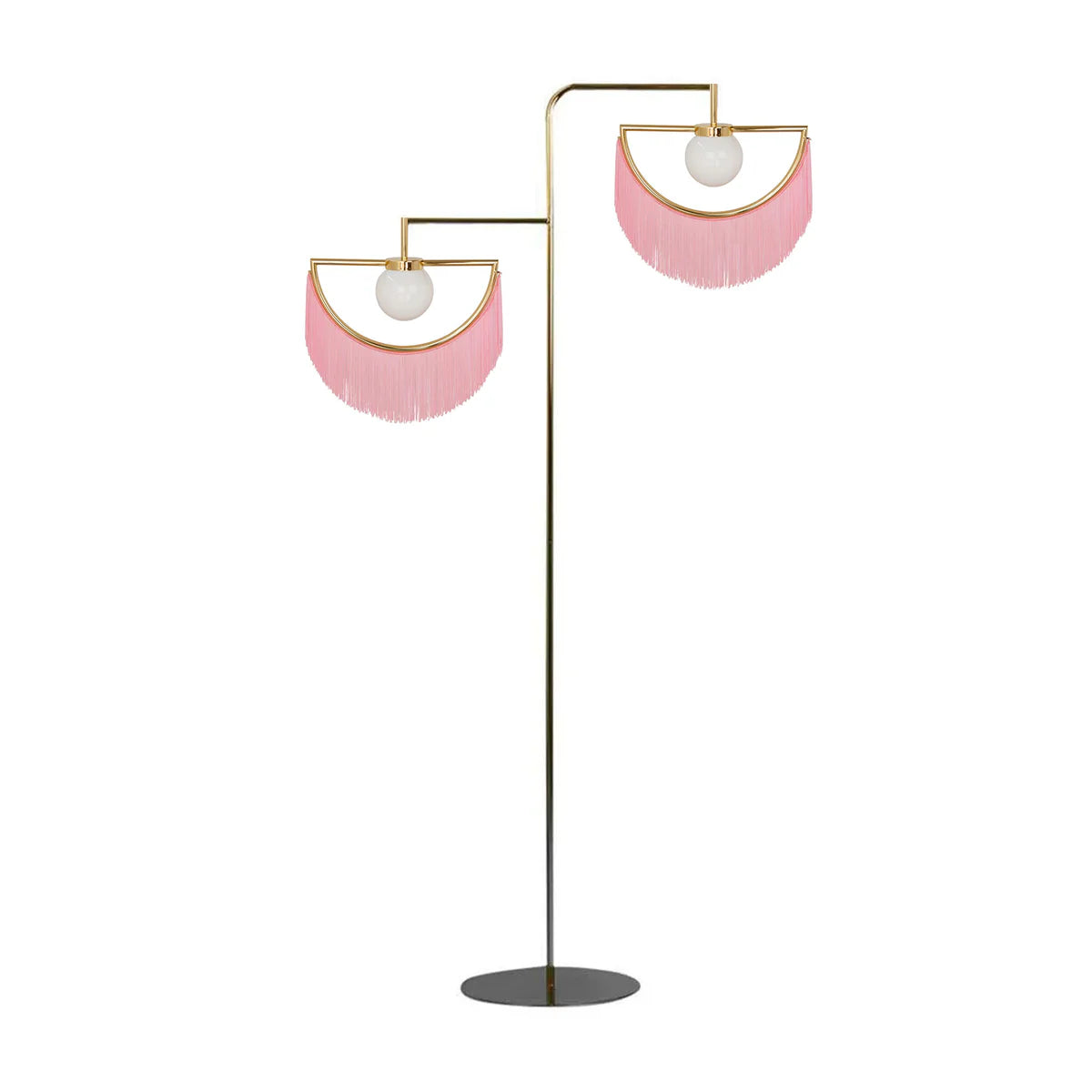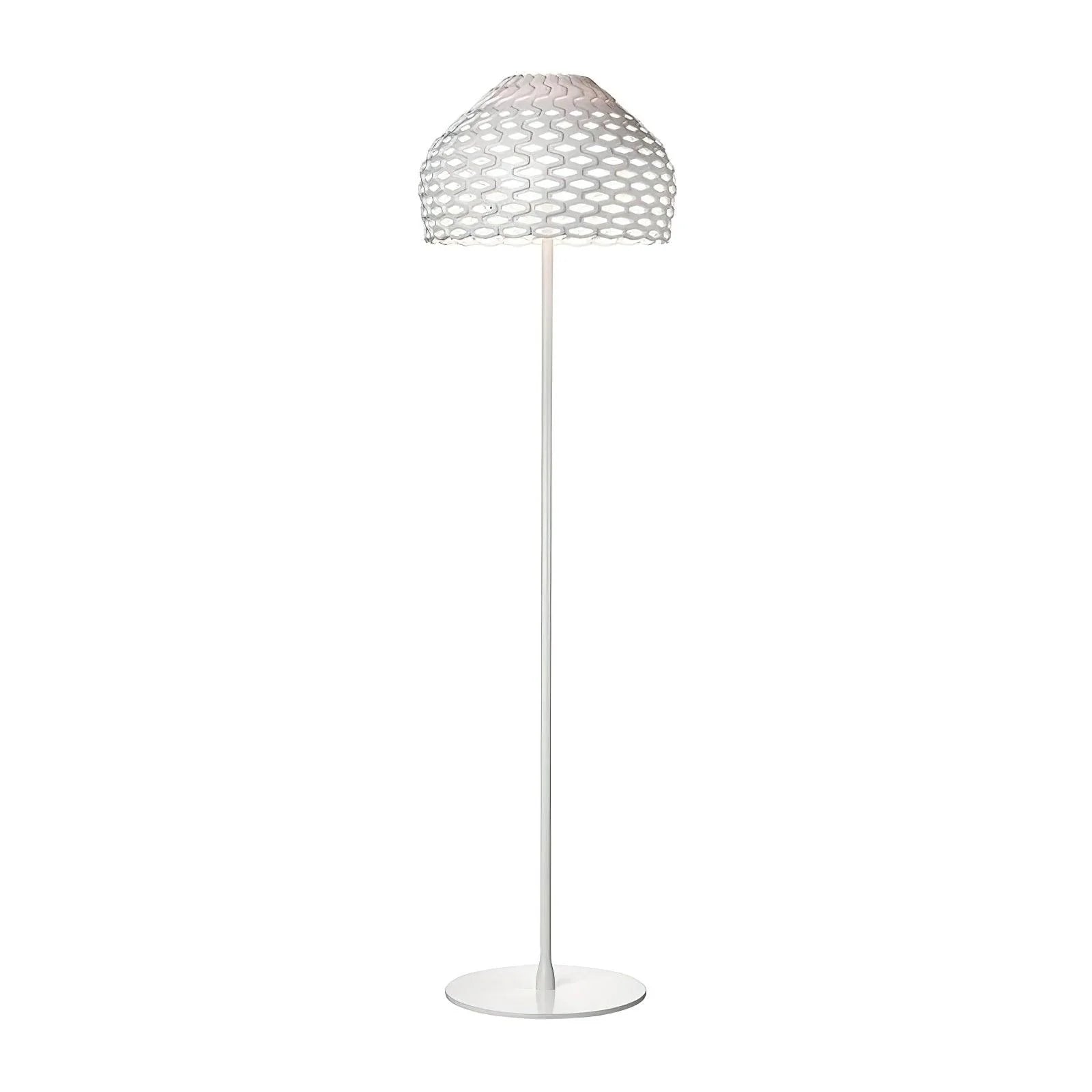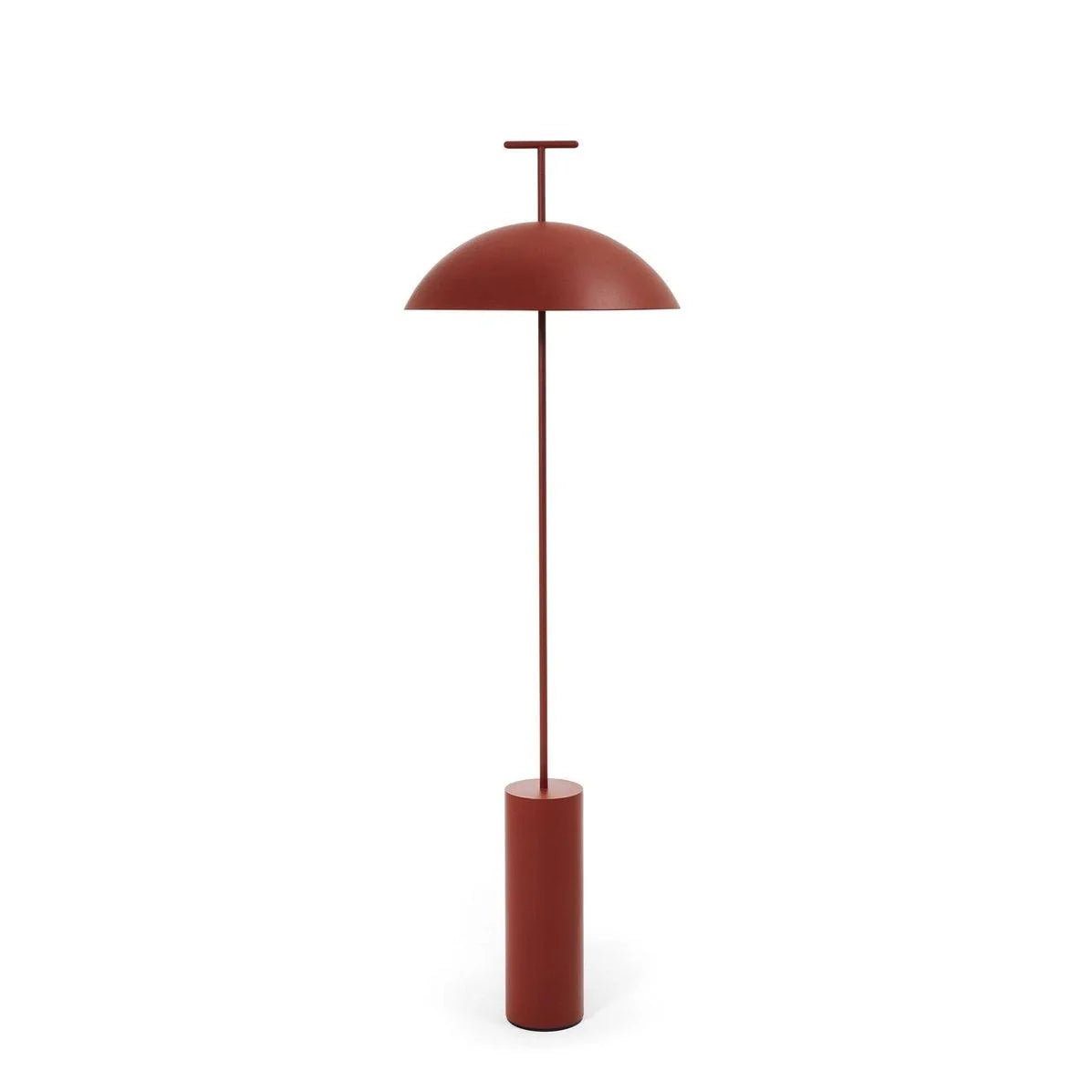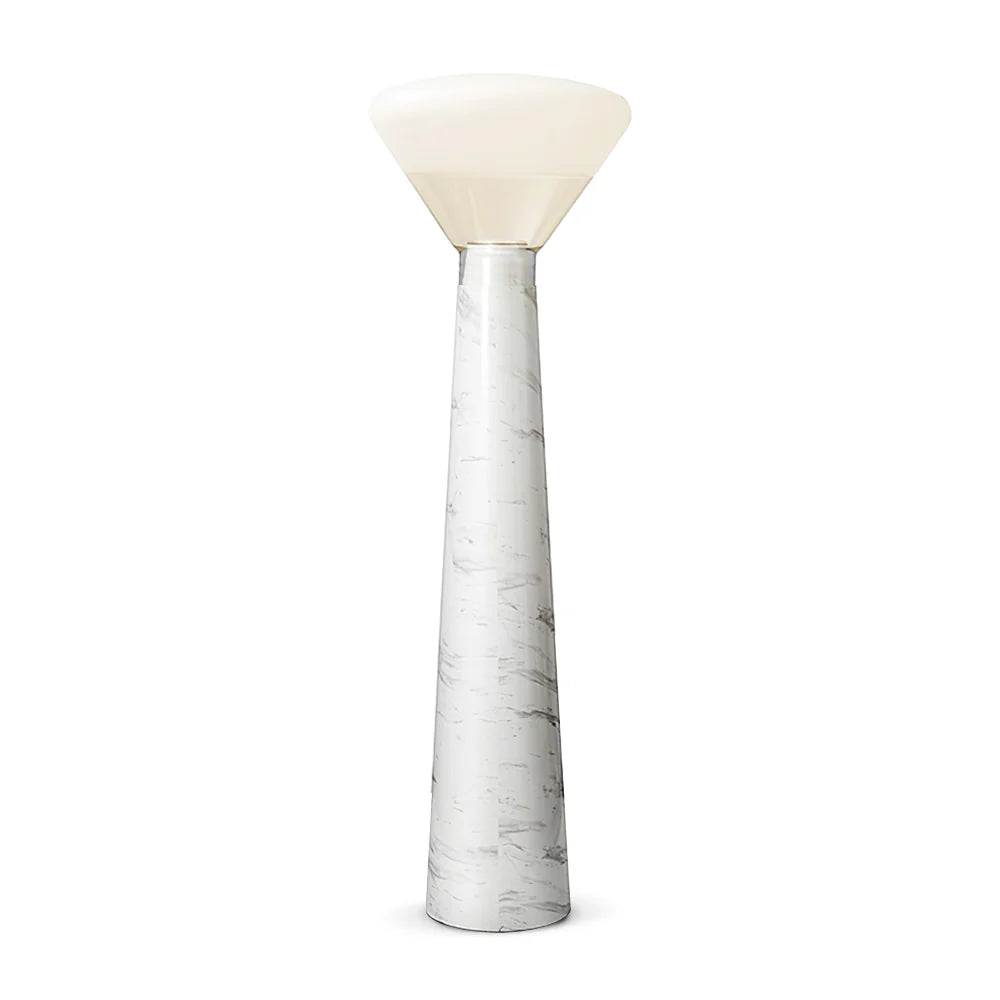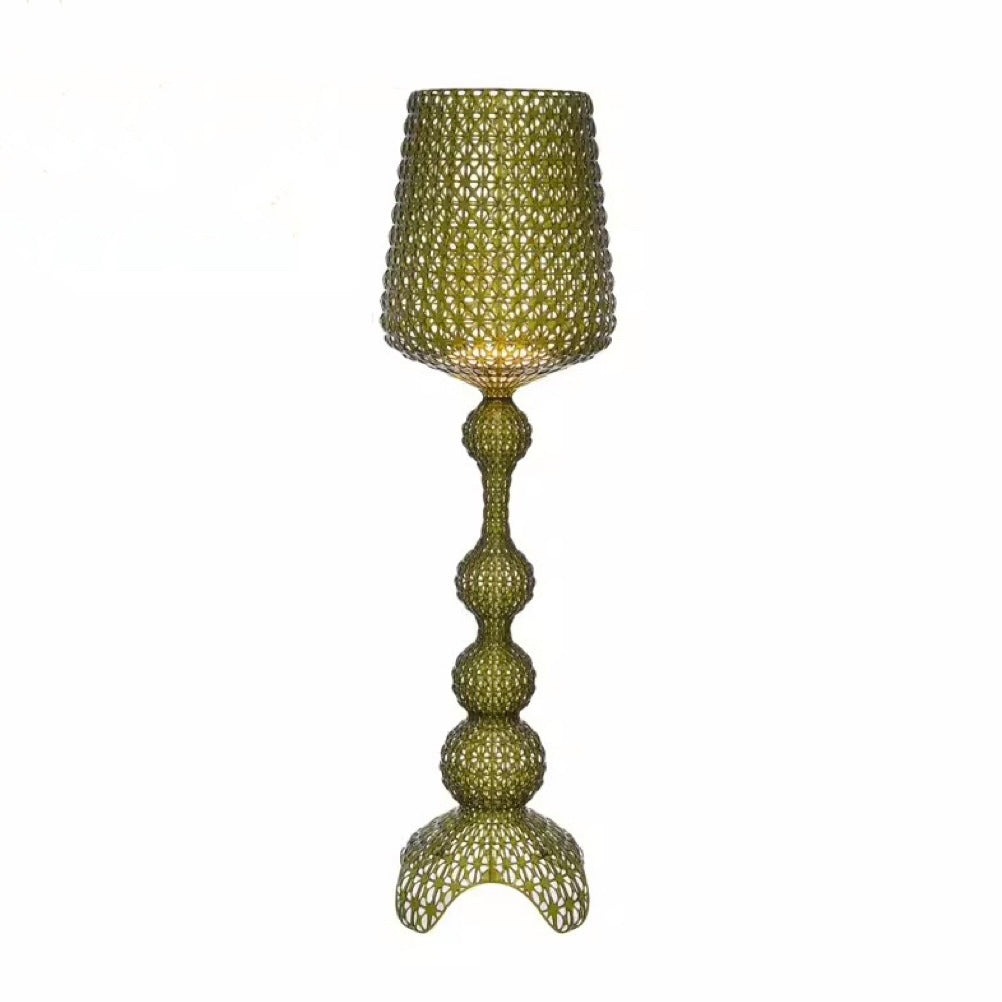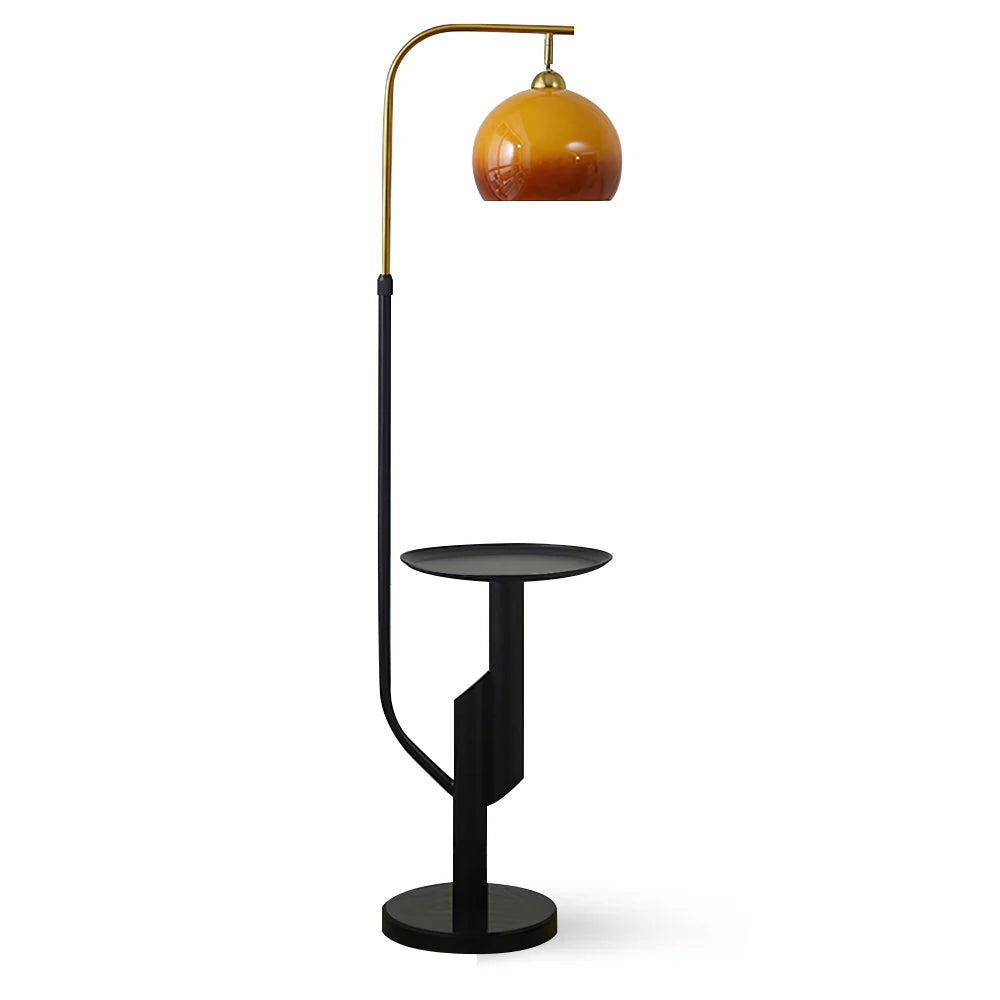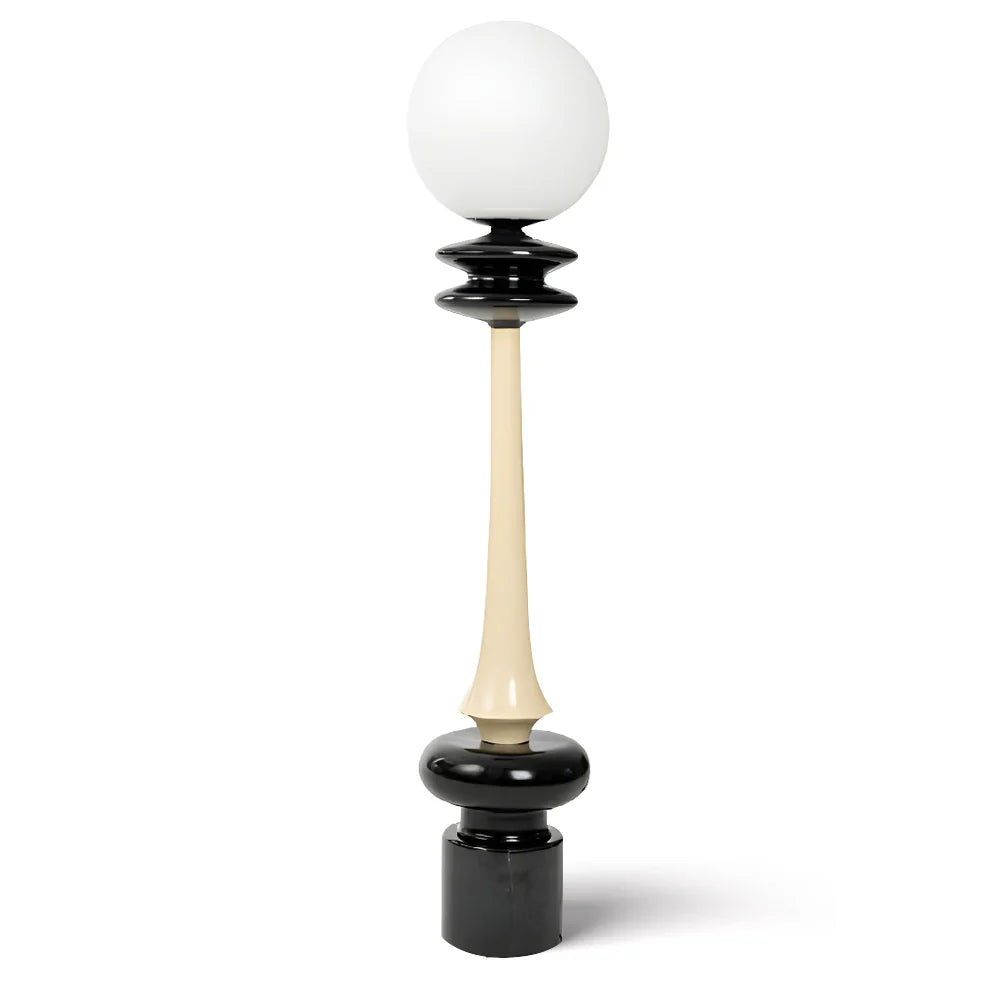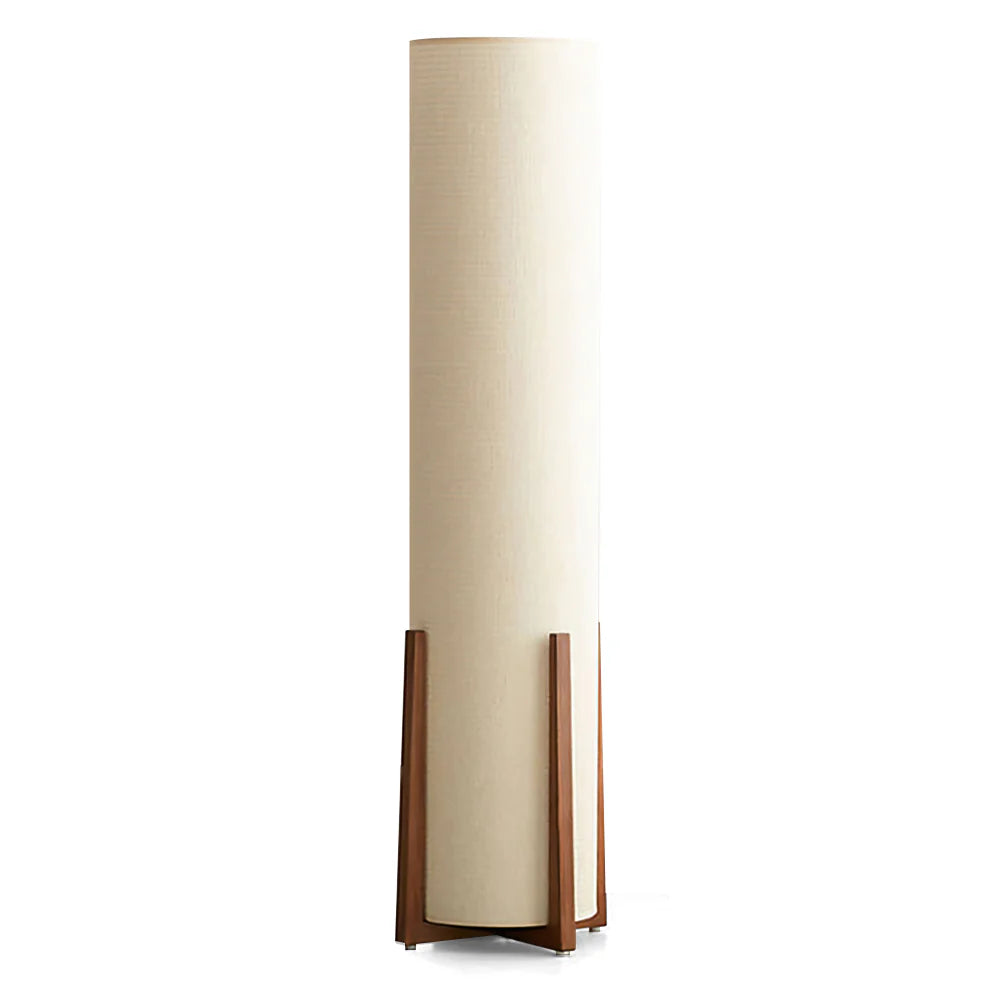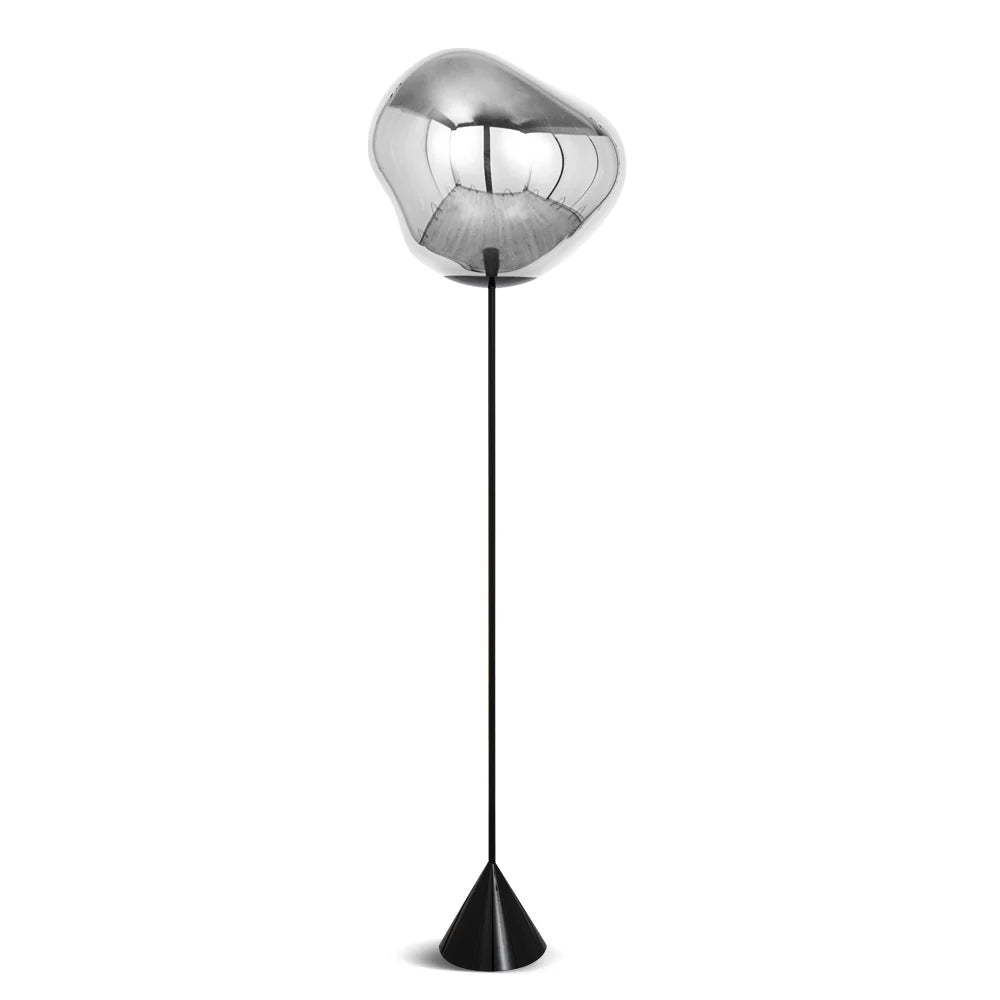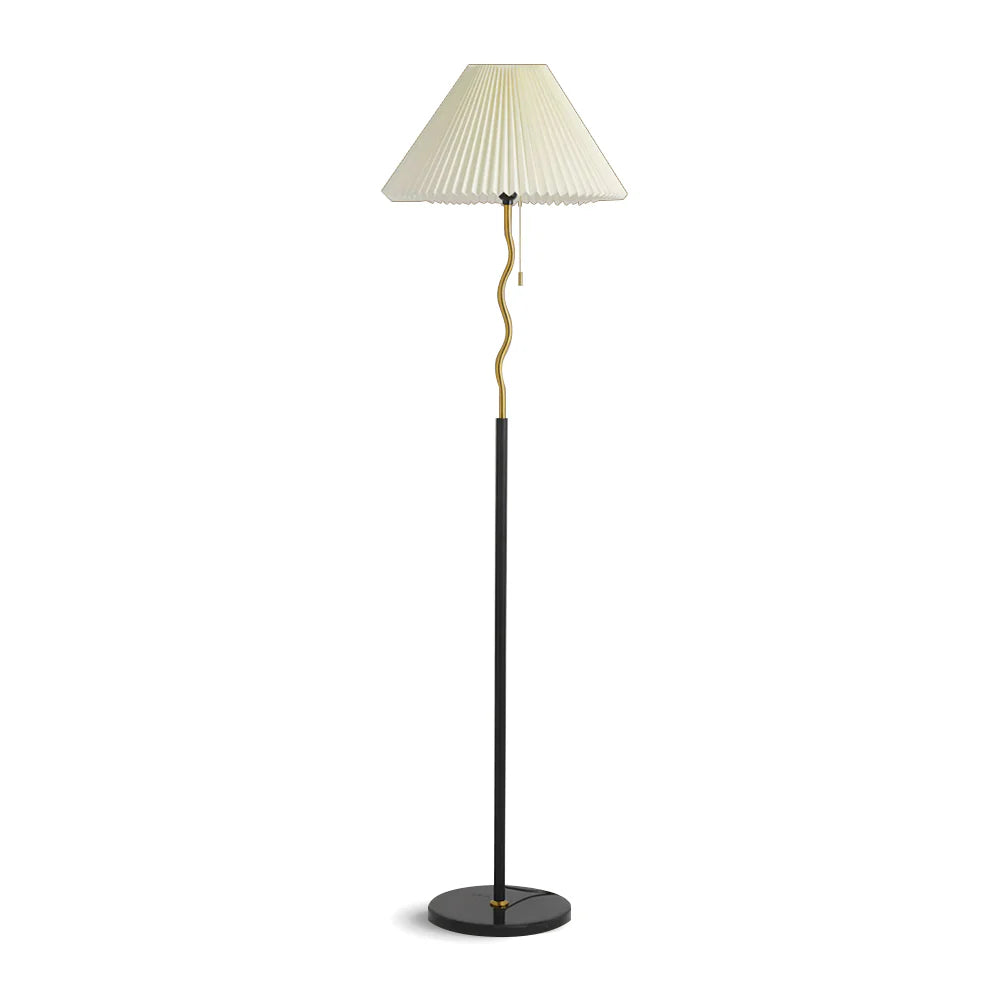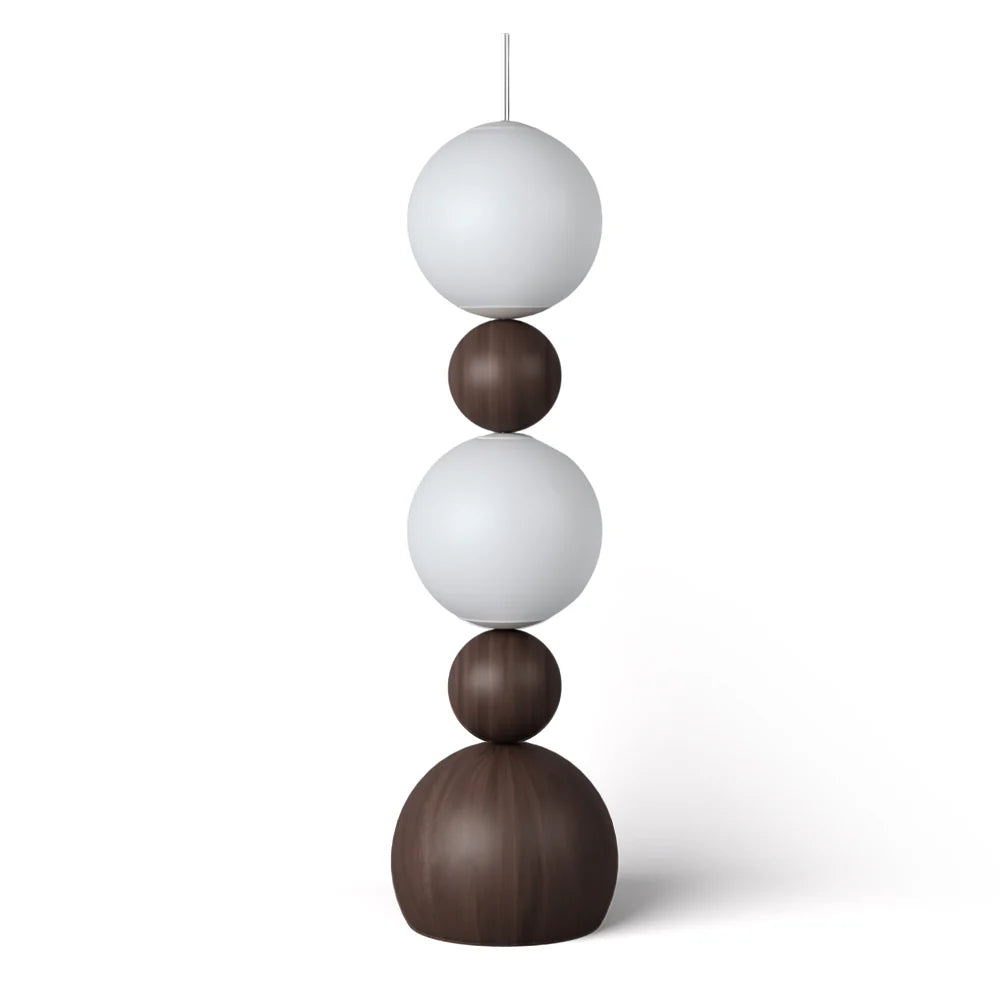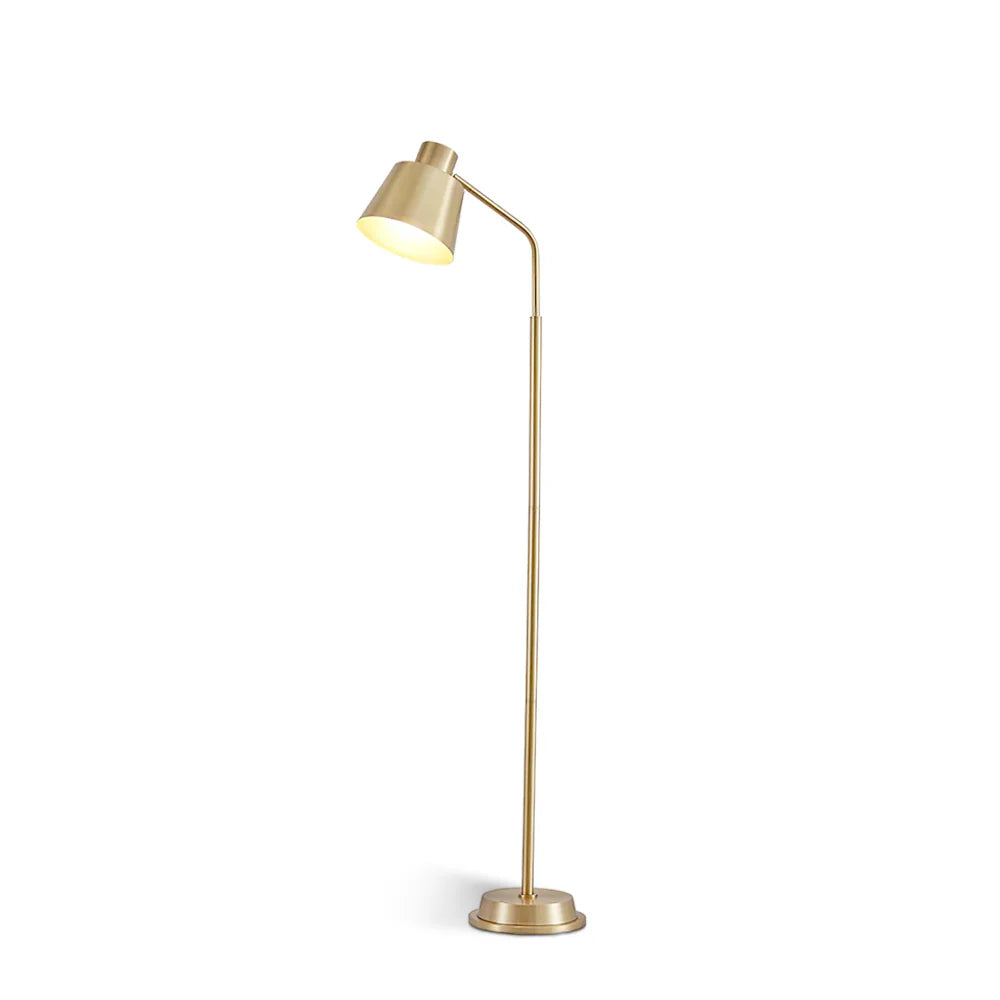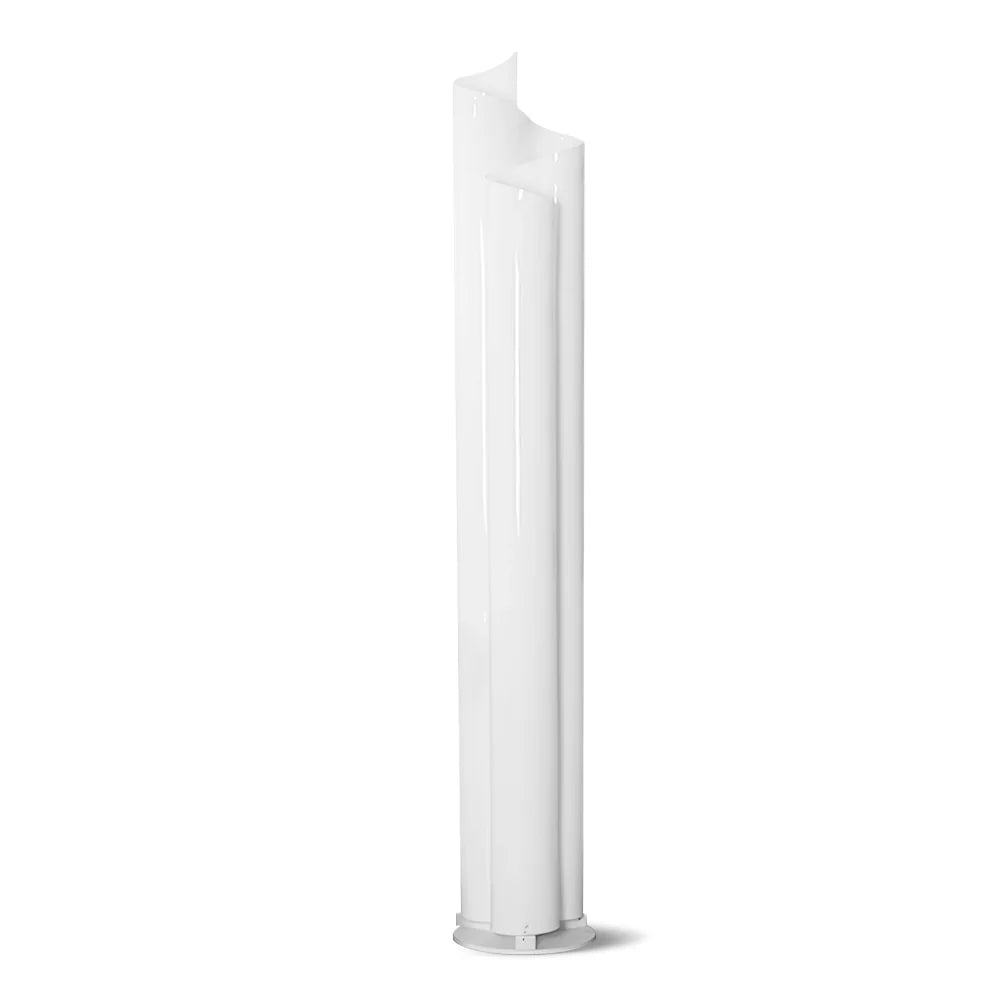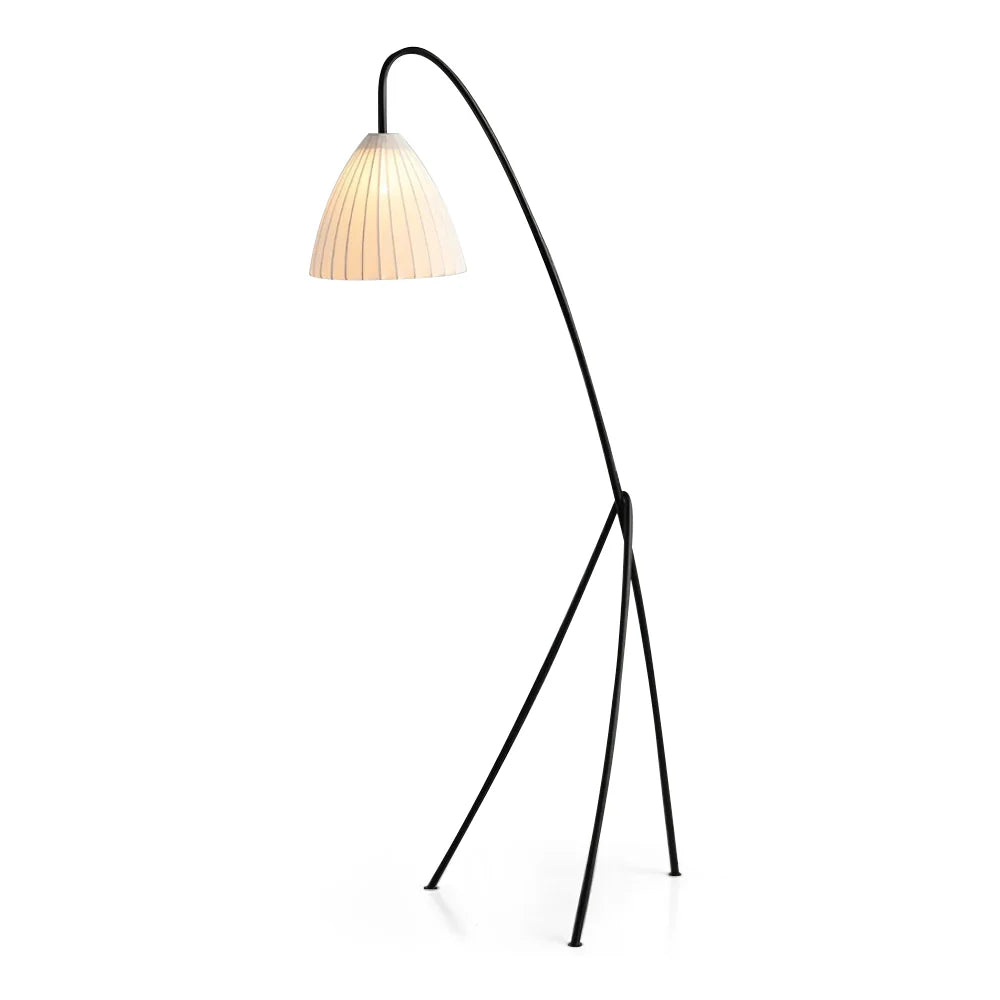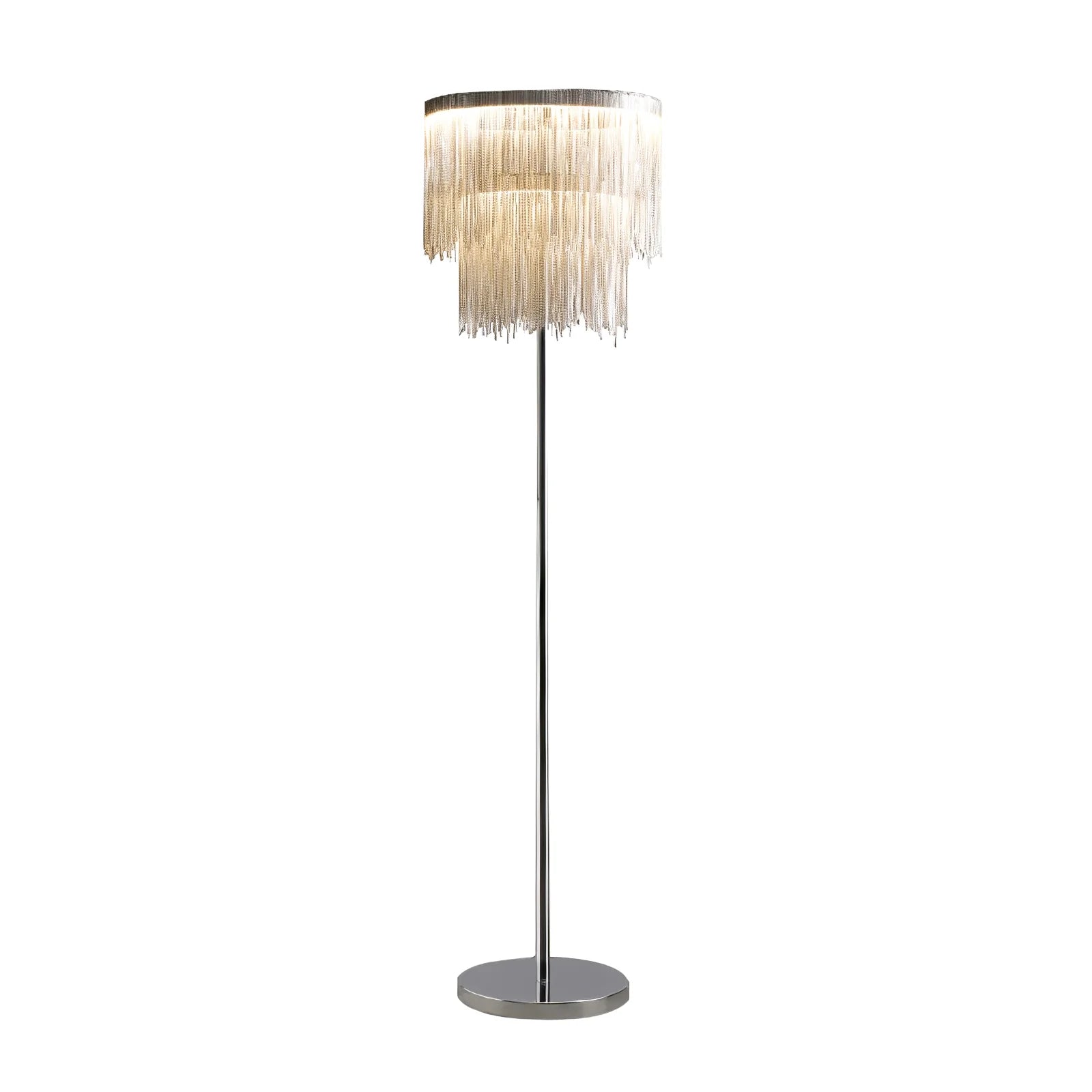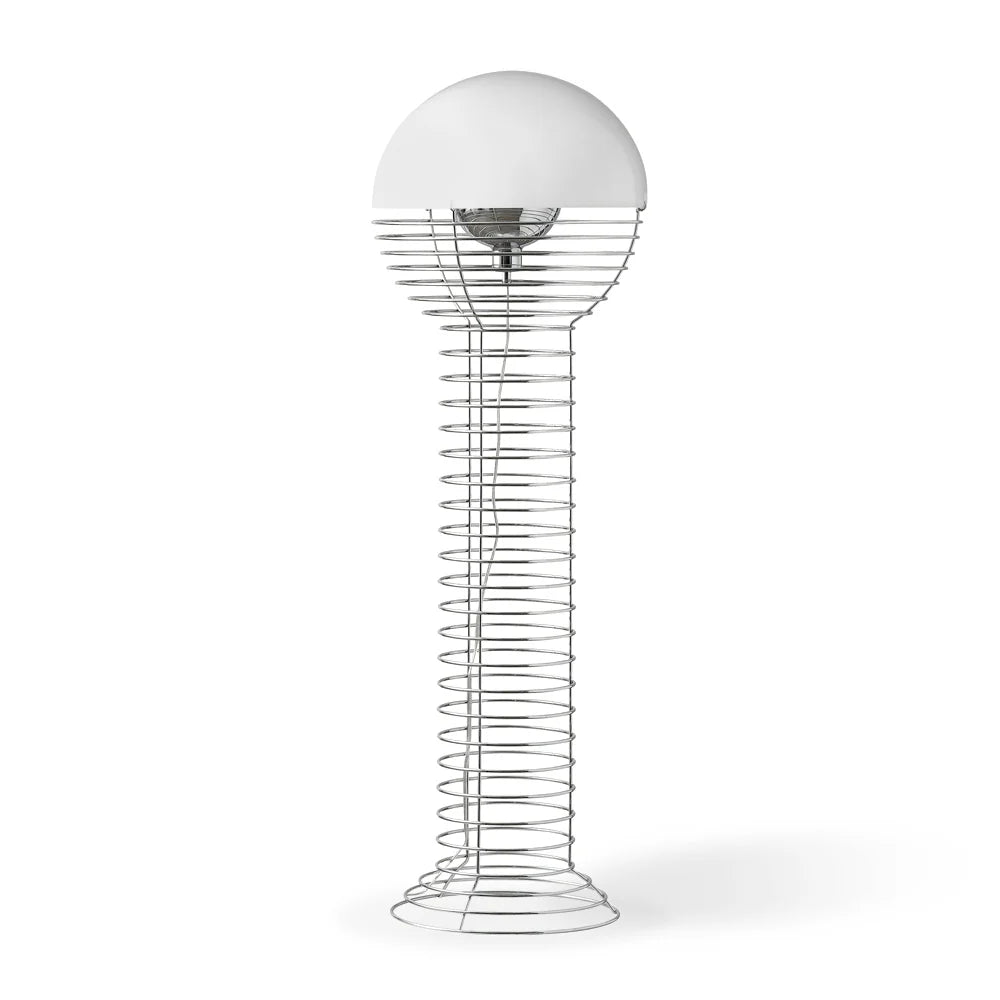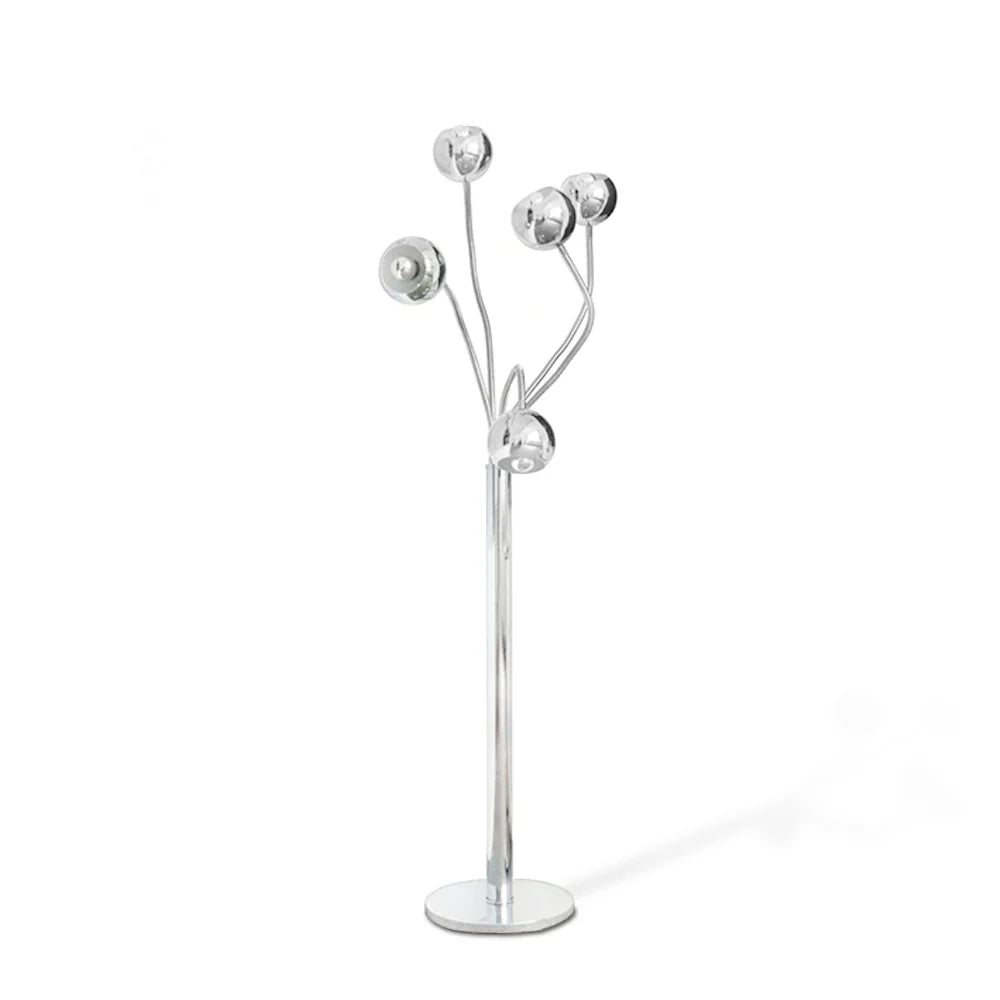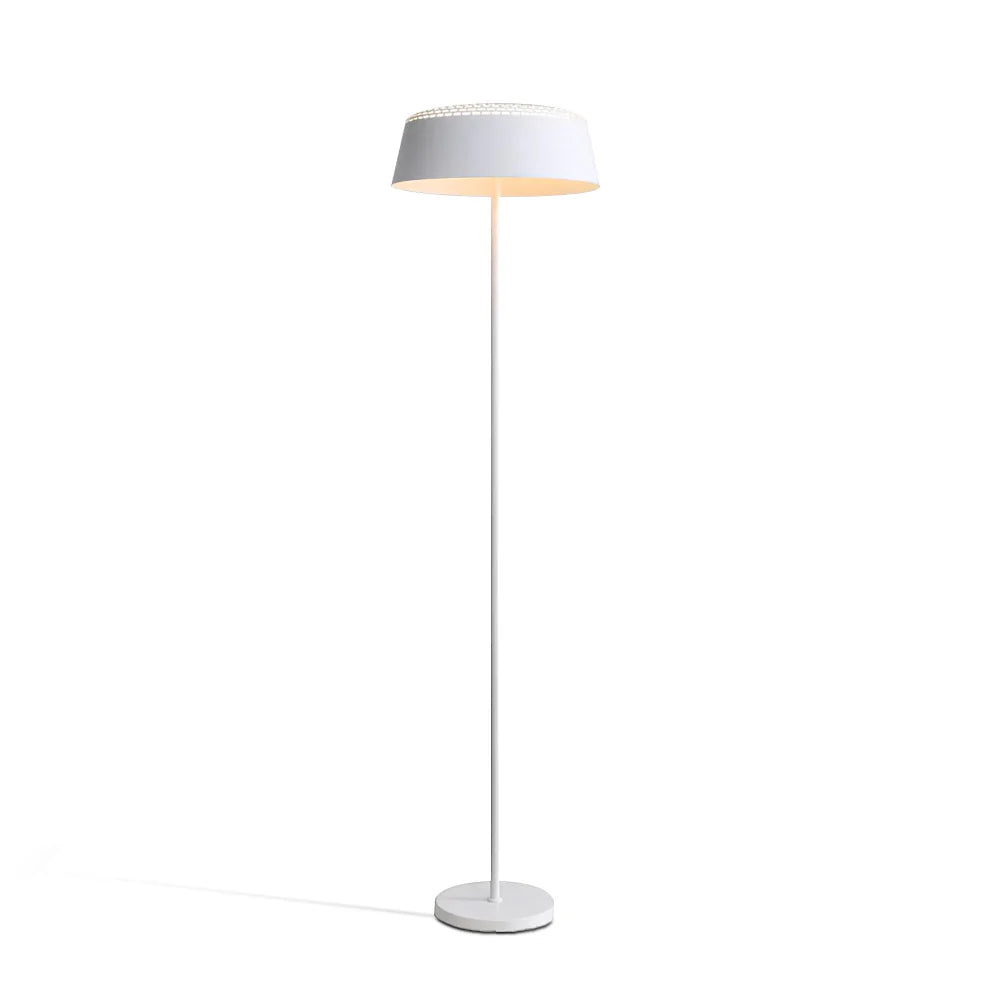
How to Refinish Your Deck — And Why It Adds Major Value to Your Home

A well-maintained deck is more than just a stylish addition to your backyard—it’s a solid investment in your property’s value. Whether you're preparing to sell or simply want to enjoy your outdoor space to the fullest, refinishing your deck can offer a serious return on curb appeal, safety, and function.
Here’s everything you need to know about deck refinishing: from spotting the signs it’s time for a refresh, to choosing the right type of deck, and how to bring it back to life with modern finishes—and yes, lighting too.
Signs Your Deck Needs Refinishing
Decks weather harsh elements year-round, so it's no surprise they eventually need TLC. Here are key signs it's time to refinish:
-
Fading or discoloration: UV rays and moisture can strip the stain, leaving your deck looking dull or patchy.
-
Peeling or flaking stain: Old finishes breaking down is a clear indicator of age.
-
Wood feels rough or splinters: Walking barefoot shouldn't be painful—if it is, sanding and sealing are overdue.
-
Water is no longer beading: If water soaks in rather than beads up, the protective sealant is gone.
-
Visible cracks or mildew: These compromise both aesthetics and structural integrity.

Step-by-Step: How to Refinish a Deck
-
Inspect and Clean Thoroughly
Remove furniture and sweep away debris. Use a power washer or specialized wood cleaner to strip away mold, dirt, and old finish. Allow 24–48 hours to fully dry. -
Sand the Surface
Use a pole sander or orbital sander to smooth rough patches and prepare the wood for stain. Focus on railings and high-traffic areas. -
Repair and Replace
Look for rotting or cracked boards, loose nails, or damaged joists. Replace what you need to ensure safety and longevity. -
Choose the Right Stain or Sealant
Transparent sealers show off the wood grain, while solid stains offer bold color and added UV protection. Consider a color that complements your home's exterior. -
Apply the Finish
Use a brush or roller to apply your product in the direction of the wood grain. Let dry for at least 24–48 hours before use.
Types of Decks: Choosing the Right Base
-
Pressure-treated wood: Affordable and durable, but requires more maintenance.
-
Cedar or redwood: Naturally rot-resistant and attractive, but pricier.
-
Composite decking: Made from recycled plastics and wood fibers—low maintenance and long-lasting.
-
PVC: Highly durable, weather-resistant, and virtually maintenance-free.
Each deck type requires slightly different refinishing strategies, especially in terms of cleaners and sealants. Be sure to match products to your material type.
Value-Boosting Additions: Lighting and More
Refinishing doesn’t stop at staining. Adding deck lighting can dramatically increase your outdoor space’s functionality and nighttime ambiance. Try these ideas:
-
Post cap lights: For a sleek, integrated look.
-
Recessed stair lights: Boost safety and elegance.
-
Wall-mounted sconces or washers: Create a cozy lounge feel.
-
Solar deck lights: Eco-friendly and easy to install.
Well-lit decks not only look more expensive, they also expand your home's usable square footage—especially appealing to buyers. 
Final Thoughts: Why It’s Worth It
According to Remodeling Magazine’s annual Cost vs. Value Report, deck improvements consistently yield strong ROI, with refinishing often returning more than 70% of its cost at resale. When you combine it with aesthetic upgrades like lighting, built-in seating, or planters, you elevate your outdoor space into a true extension of your home. 
Whether you're selling or staying, a fresh deck is always a smart move.



